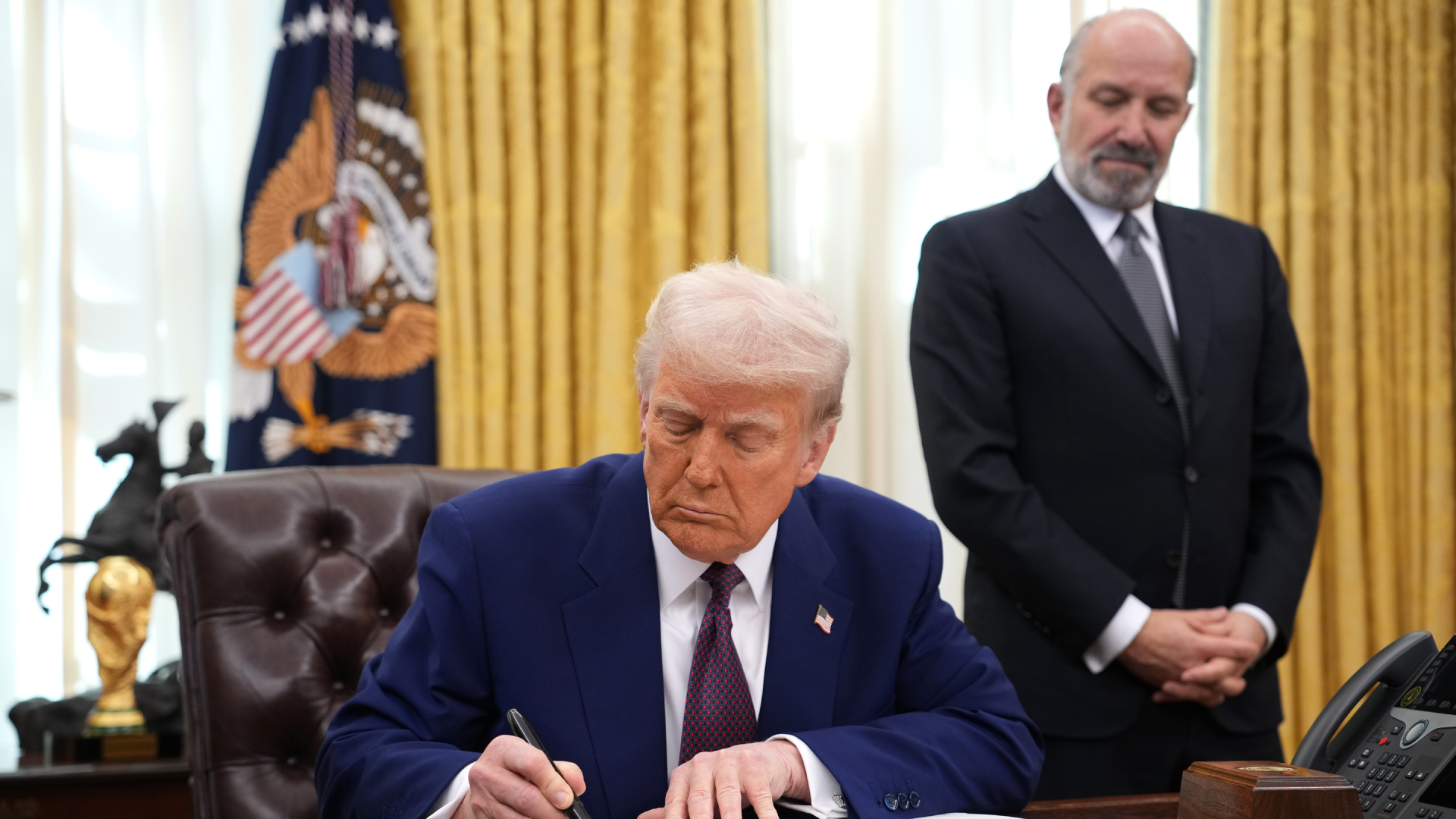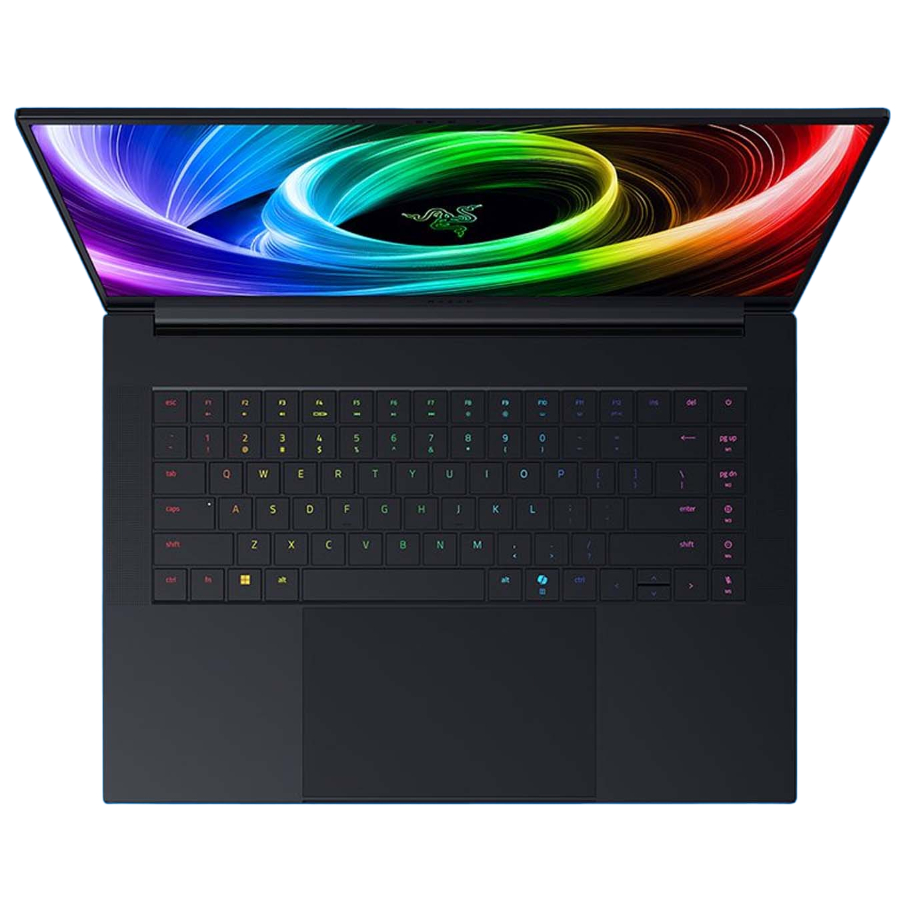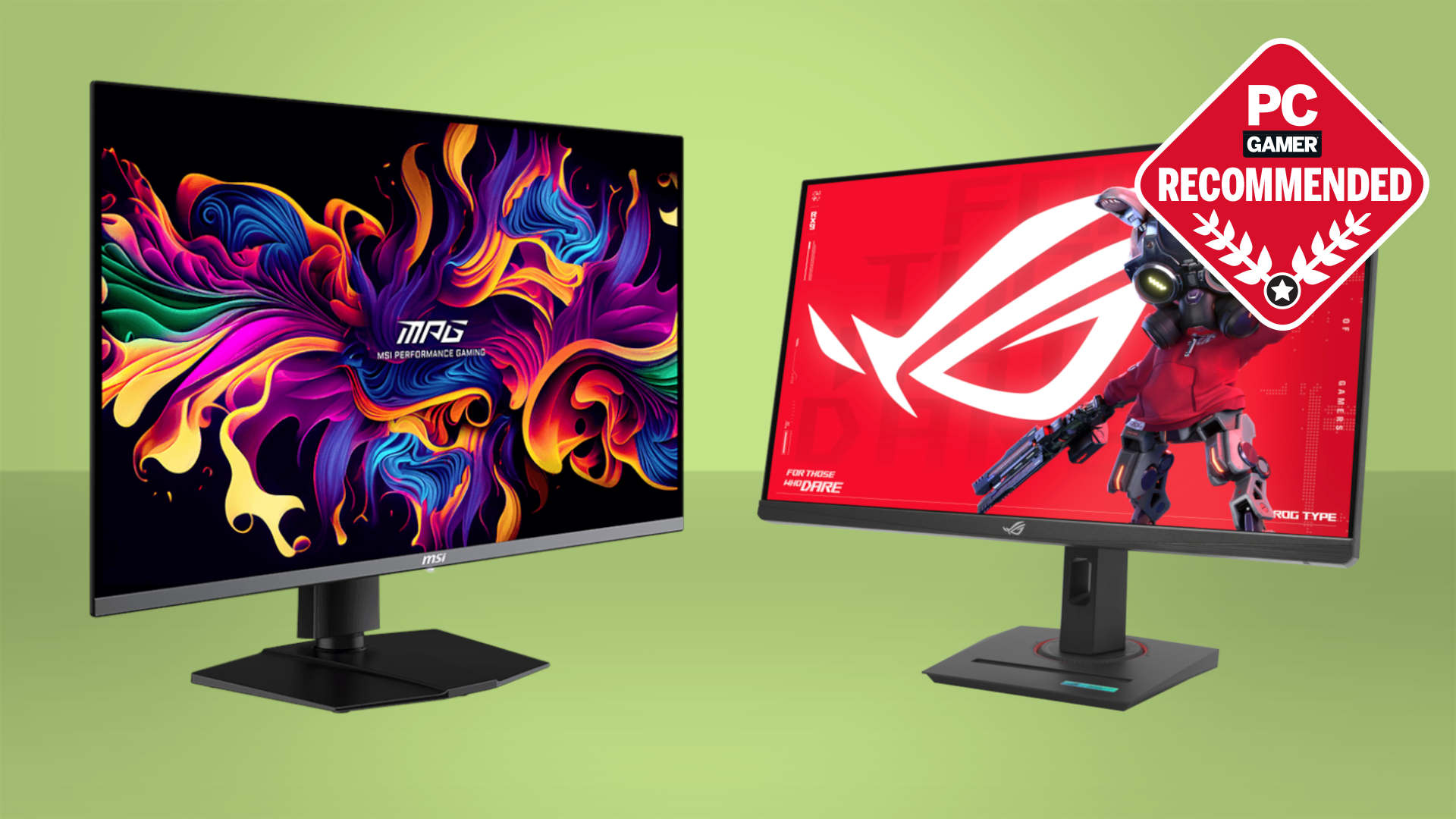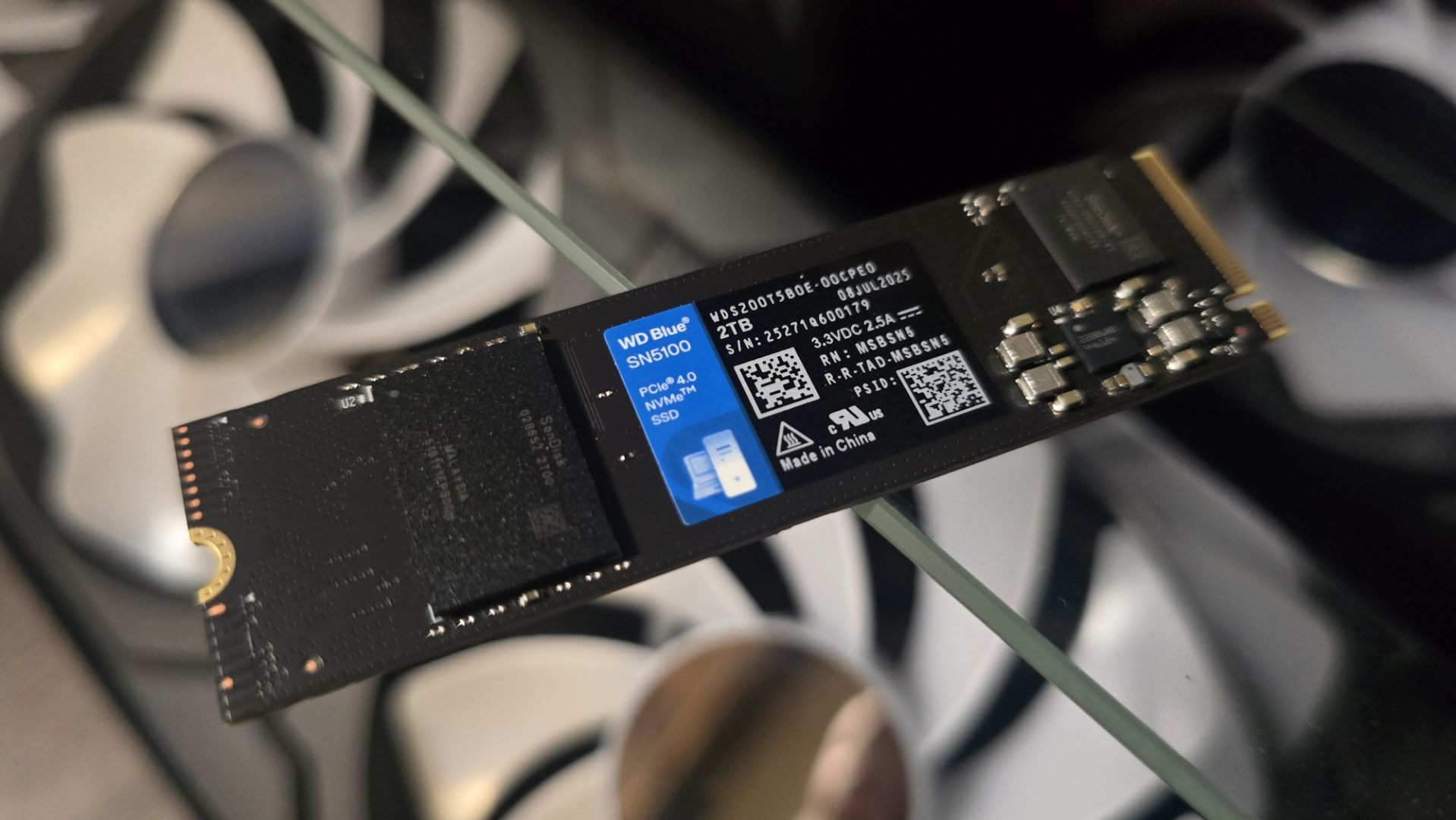Trump's AI action plan claims to chart 'a decisive course to cement US dominance in artificial intelligence'
"We are moving with urgency to make this vision a reality."

The Trump administration today unveiled its AI action plan, in accordance with the President's prior executive order to "remove barriers to American leadership in artificial intelligence."
The key policies include:
- Exporting American AI: The Commerce and State Departments will partner with industry to deliver secure, full-stack AI export packages – including hardware, models, software, applications, and standards – to America’s friends and allies around the world.
- Promoting Rapid Buildout of Data Centers: Expediting and modernizing permits for data centers and semiconductor fabs, as well as creating new national initiatives to increase high-demand occupations like electricians and HVAC technicians.
- Enabling Innovation and Adoption: Removing onerous Federal regulations that hinder AI development and deployment, and seek private sector input on rules to remove.
- Upholding Free Speech in Frontier Models: Updating Federal procurement guidelines to ensure that the government only contracts with frontier large language model developers who ensure that their systems are objective and free from top-down ideological bias.
"To win the AI race, the U.S. must lead in innovation, infrastructure, and global partnerships. At the same time, we must center American workers and avoid Orwellian uses of AI. This Action Plan provides a roadmap for doing that," said the administrations "AI and Crypto Czar", David Sacks.
That Orwell reference is likely in regard to the fourth point, "upholding free speech in frontier models."
Quite how the US government plans to contract solely with AI developers who's systems are entirely 'objective' is beyond me, as, well, AI bias is a well-established issue, and I can't shake the feeling that it essentially means "models that agree with the US government's position on all things", but there you go.
According to US secretary of state Marco Rubio, "These clear-cut policy goals set expectations for the Federal Government to ensure America sets the technological gold standard worldwide, and that the world continues to run on American technology."
Given recent developments, ie the loosening of restrictions that allow companies like Nvidia and AMD to sell high-end AI hardware to China, it seems that furthering the export of American tech to other nations is a key part of the US AI plan moving forwards. While the US is massively behind in chipmaking, in terms of designing the tech and implementing massive data centers to crunch those models it certainly seems to be ranging ahead.
Keep up to date with the most important stories and the best deals, as picked by the PC Gamer team.
The second policy, "promoting rapid buildout of data centers" looks to address both those points, and may go some way towards creating yet more chip fabrication and data center facilities on US soil. Companies like Meta, OpenAI, and xAI are already building data centers as fast as possible (with Meta even going as far as to store new racks in tents outside its facilities), so it's difficult to imagine them expanding faster than they currently are.
Still, there's money in them thar hills, and the Trump administration looks to be clearing the way to cash in on AI for everything it's worth.

👉Check out our list of guides👈
1. Best gaming laptop: Razer Blade 16
2. Best gaming PC: HP Omen 35L
3. Best handheld gaming PC: Lenovo Legion Go S SteamOS ed.
4. Best mini PC: Minisforum AtomMan G7 PT
5. Best VR headset: Meta Quest 3

Andy built his first gaming PC at the tender age of 12, when IDE cables were a thing and high resolution wasn't—and he hasn't stopped since. Now working as a hardware writer for PC Gamer, Andy spends his time jumping around the world attending product launches and trade shows, all the while reviewing every bit of PC gaming hardware he can get his hands on. You name it, if it's interesting hardware he'll write words about it, with opinions and everything.
You must confirm your public display name before commenting
Please logout and then login again, you will then be prompted to enter your display name.

